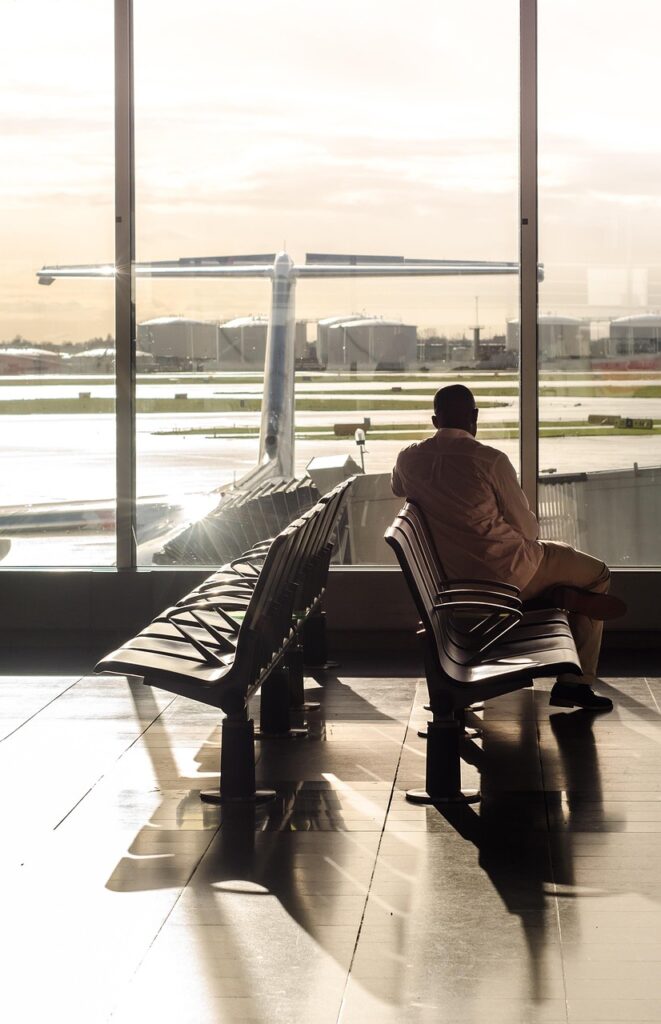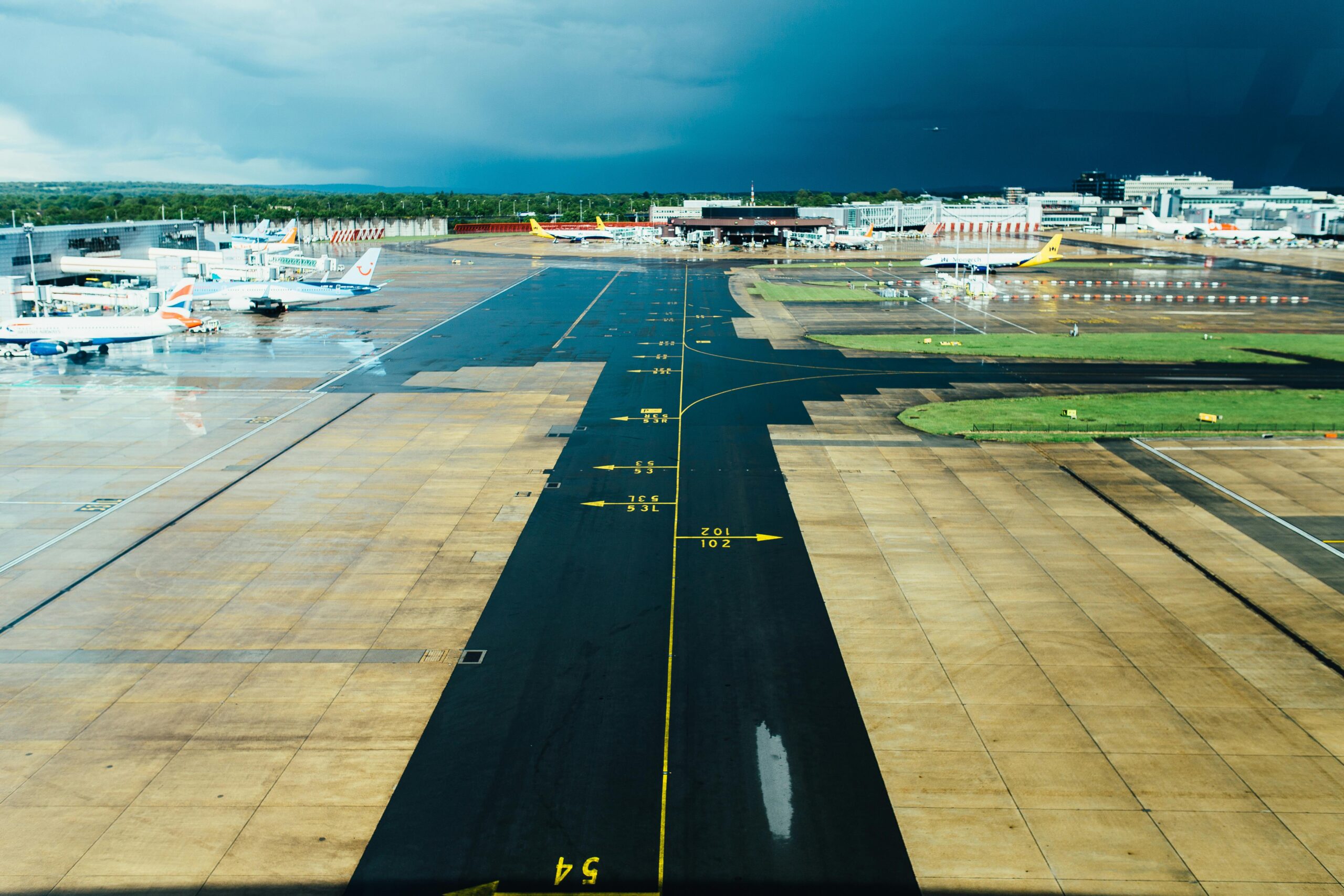Newark Liberty International Airport is currently caught in a vortex of dysfunction. For the past seven days, travelers have been met with massive delays, cancellations, and frustration, all stemming from a critical shortage of air traffic controllers and antiquated FAA technology. With United Airlines—the airport’s largest carrier—forced to cut flights, it’s clear that this isn’t just turbulence. It’s a full-on crisis.

✈️ What Triggered the Crisis?
The dominoes began to fall when more than 20% of Newark’s air traffic controllers reportedly walked off the job. Add to that the following cocktail of complications:
- FAA Infrastructure Failures: Systems still relying on floppy disks and copper wires (yes, seriously) keep breaking down.
- Runway Closures: Ongoing construction has shut down one of Newark’s runways, dramatically reducing airport capacity.
- Overloaded Schedules: Newark’s current traffic demand far exceeds what the system and staffing levels can safely handle.
As one exhausted air traffic controller put it: “It is not safe. Don’t fly into Newark.”
🚨 United Airlines Slams the Brakes
United Airlines, which operates the bulk of flights out of Newark, is feeling the brunt of the chaos. CEO Scott Kirby confirmed they’ve slashed 35 daily round-trip flights in the name of passenger safety and operational sanity.
To ease the disruption, United has issued a waiver allowing passengers to rebook without penalty—although travelers say that’s little comfort when delays are stretching into five-hour marathons.
🧯 Government Response: Too Little, Too Late?
Transportation Secretary Sean Duffy has acknowledged the crisis, citing both equipment failures and severe understaffing. Plans are now in motion to hire 2,000 new air traffic controllers by the end of 2025.
To incentivize retention and recruitment, the DOT is offering:
- $5,000 bonuses to new controller academy graduates
- 20% lump-sum payments for retirement-eligible controllers willing to stick around
Duffy didn’t hold back on describing the problem: “The system is 25, 30 years old… We use floppy disks! We use copper wires!”
Translation: Welcome to 2025, where air traffic runs on ’90s tech.

👀 What This Means for Travelers
Passengers have been stuck in limbo with little warning or recourse. While some opt to reschedule, others are looking for alternate airports like JFK or LaGuardia—though those options come with their own set of problems.
The Port Authority has called on the FAA to move faster on both hiring and tech upgrades. Until then, it’s anyone’s guess how long Newark will remain a no-fly nightmare.
❓ Frequently Asked Questions
Q: Why is Newark experiencing so many delays?
A: A mix of air traffic controller shortages, outdated FAA systems, and runway construction has crippled operations.
Q: What is United Airlines doing about it?
A: United has canceled 35 round-trip flights daily and issued flexible rebooking options.
Q: What’s being done to fix the problem?
A: The government is hiring 2,000 new air traffic controllers and offering bonuses to retain current staff.
Q: When will the runway construction end?
A: It’s projected to continue through mid-June 2025.
Q: Should I avoid flying through Newark?
A: If possible, yes—at least until conditions stabilize. Check your flight status constantly and consider alternate airports.

This meltdown at Newark isn’t just a local issue—it’s a symptom of deeper cracks in America’s air travel infrastructure. And until staffing and systems are overhauled, travelers may be in for a long, bumpy ride.
Sources CNN


